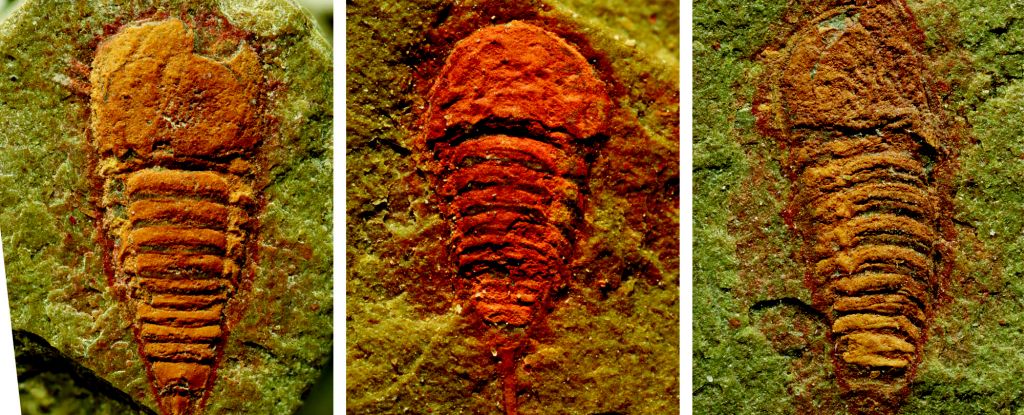Minerals, Vol. 14, Pages 374: Multi-Analytical Analysis of Decorative Color Plasters from the Thracian Tomb near Alexandrovo, Bulgaria
Minerals doi: 10.3390/min14040374
Authors: Georgi Avdeev Rositsa Kukeva Denitsa Yancheva Valentin Mihailov Vani Tankova Momtchil Dimitrov Georgi Nekhrizov Radostina Stoyanova Bistra Stamboliyska
In the present contribution, we report the results from a study on the ancient technology used to create decorative color plasters in the Thracian tomb near the village of Alexandrovo, Bulgaria. A series of fragments of red, black, grey, white and brown colored lime plasters from the dromos and funeral chamber were investigated by laser-induced breakdown spectroscopy, X-ray diffraction analysis, infrared spectroscopy, paramagnetic electron resonance spectroscopy and differential scanning calorimetry. Based on the combined analytical data, it was possible to identify the pigments, fillers and other materials in the composition of the decorative plasters in the interior, as well as to clarify the technological features related to the plaster creation. The results demonstrated that the murals were implemented on two layers in the case of white, black, grey and brown decoration—first coarse mortar, followed by a white, fine mortar, which usually was made of calcite. In the case of red decoration, a pigment was added to the fine mortar to achieve a colored surface. The pigments were identified as mostly traditional mineral pigments—calcite, kaolinite, red natural ochres (colored earth), brown colored earth and black pigment (amorphous C). The use of the fresco technique is implied by the major participation of calcite and the absence of organic binder in all of the painting layers.

 1 month ago
14
1 month ago
14


